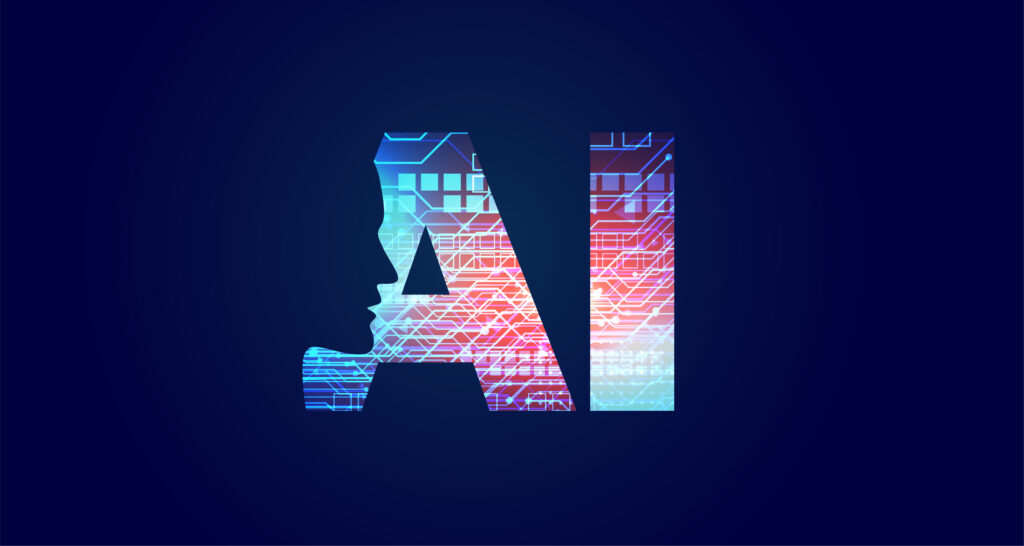Web-to-print technology has revolutionized the printing industry by allowing customers to create, customize, and order print products online. As the demand for personalized and unique designs continues to grow, the integration of Artificial Intelligence (AI) image generators in web-to-print platforms presents a game-changing opportunity. This article explores the powerful synergy between web-to-print and AI image generators and delves into how this technological convergence is set to reshape the industry.

Understanding Web-to-Print Technology
Web-to-print, also known as remote publishing or print e-commerce, enables customers to design and order printed products directly through online platforms. From business cards and brochures to personalized merchandise and packaging, web-to-print empowers users to create their unique designs in a user-friendly interface. This technology streamlines the printing process, offering convenience, cost-efficiency, and a wide range of customization options.
AI Image Generators: A New Era of Creativity
AI image generators, powered by machine learning algorithms, have made significant advancements in recent years. These systems have the ability to create high-quality, realistic images from scratch, mimicking human creativity. By analyzing vast datasets, AI image generators learn patterns and generate new visuals that are indistinguishable from those created by human designers.
The Synergy Unleashed
The integration of AI image generators into web-to-print platforms brings forth numerous benefits:
a. Endless Design Possibilities: AI image generators can produce a vast array of unique designs that cater to different customer preferences. From abstract art to realistic illustrations, the possibilities are boundless, ensuring a diverse range of customizable options for customers.
b. Speed and Efficiency: Traditional graphic design processes can be time-consuming. AI image generators significantly speed up the design phase, allowing customers to visualize and modify their designs in real-time. This not only expedites the printing process but also enhances customer satisfaction.
c. Improved Personalization: Personalization has become a cornerstone of modern marketing. With AI image generators, web-to-print platforms can offer highly personalized designs, featuring individual names, images, or preferences. This level of customization appeals to consumers seeking unique, one-of-a-kind products.
d. Cost-Effectiveness: By automating parts of the design process, AI image generators reduce the need for extensive human intervention. This, in turn, lowers production costs, making customized print products more affordable for customers.
e. Enhanced Creativity for Non-Designers: Not everyone possesses graphic design skills. AI image generators bridge this gap, empowering even those with limited artistic abilities to create professional-looking designs, expanding the market for web-to-print services.
Industries Poised to Benefit
The incorporation of AI image generators in web-to-print technology will have profound impacts on various industries:
a. Marketing and Advertising: Companies can capitalize on AI-generated designs to create eye-catching marketing materials, ensuring their brand stands out in a competitive landscape.
b. E-commerce: Web-to-print technology, complemented by AI-generated visuals, will enable e-commerce businesses to offer personalized merchandise, fostering customer loyalty and increasing sales.
c. Print and Packaging: Print service providers can streamline their operations with AI-powered design tools, accommodating a wide range of client demands without compromising quality or delivery timelines.
d. Event Planning: From invitations to decorations, event planners can utilize AI-generated designs to create memorable and unique experiences for their clients.
Addressing Challenges
While the fusion of web-to-print and AI image generators promises exciting possibilities, some challenges need consideration:
a. Intellectual Property Concerns: As AI-generated designs become more prevalent, issues surrounding intellectual property and copyright may arise. Striking a balance between originality and AI-generated content ownership will be crucial.
b. Ethical Use of AI: Responsible AI deployment is essential to ensure the content generated adheres to societal norms and avoids offensive or harmful material.
c. Human Touch: While AI image generators are impressive, they may lack the emotional depth and human touch present in designs created by skilled artists. Balancing automation with human creativity may be key to maintaining high-quality output.
Conclusion
The convergence of web-to-print technology and AI image generators marks an exciting phase for the printing industry. With endless design possibilities, improved personalization, and enhanced efficiency, businesses can leverage this synergy to remain competitive and cater to the growing demand for customization. However, responsible deployment and an acknowledgment of the value of human creativity will be essential to unlock the full potential of this transformative partnership. As technology continues to evolve, the future of web-to-print and AI image generators promises to be a vibrant canvas of creativity and innovation.
